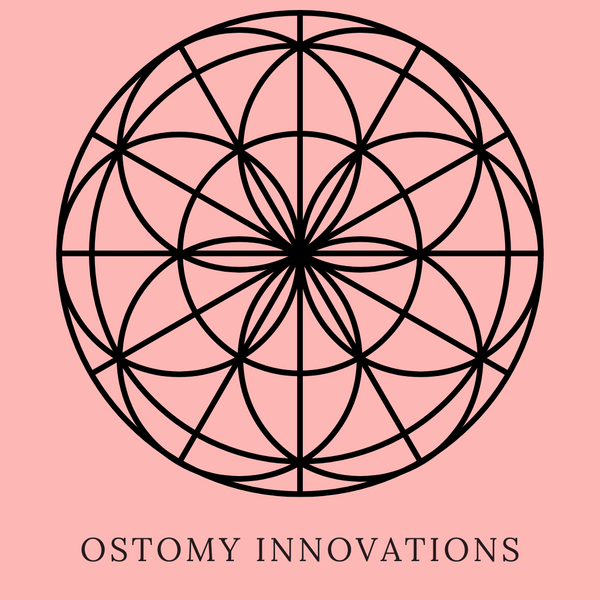Resources and Links
As a new ostomate, it is important to have access to reputable resources. It is also important that we pass what we learn on to others. While this is not an inclusive list, below are resources that I have found helpful. If you have more resources to share or a site and/or organization of your own you would like shared here, please email us at: info@ostomyinnovations222.com so we can add them. Sharing is caring!
The United Ostomy Association (UOAA), contains a ton of information for ostomates. Not only does it contain valuable knowledge, but it has information on self-advocacy tools such as The Ostomy and Continent Diversion Patient Bill of Rights and a Restroom Communication Card. Here are the links:
UOAA website: ostomy.org
UOAA link to advocacy tools: advocacy@ostomy.org UOAA link to the Patient Bill of Rights: ostomy.org/bill-of-rights/
UOAA link to the Restroom Communication Card: ostomy.org/restroom-access-self-advocacy-tools/
Annie Temple - Author and Intimacy Coach
Website: https://www.annietemple.com/
Book / Audiobook: Healing in Stilettos: A Memoir https://mybook.to/healinginstilettos
Trina Ricketts – Author
Book / Audiobook: Fix A Toxic Relationship Without Losing Yourself https://mybook.to/fixtoxicrelationship
Book / Audiobook: How to Stop Feeling Lost and Alone https://mybook.to/stopfeelingalone
Amrit Joti Kaur – Yoga, Kirtan, Healing Journeys
Website: https://awakeningwithamrit.carrd.co
Raphaela – Stoma4Life and Ostomy Life Coach
Website: https://stoma4life.com
Ostomy Life Hacks E-Book https://www.etsy.com/uk/listing/4319199150/10-life-hacks-for-ostomates?ref=shop_home_feat_1&logging_key=43ec7b32c286c8ba9cf22c636bbb8f0dbf9b427e%3A4319199150
Jennie Ruth - Sound Healing Sessions
Website: https://yogawithjennieruth.com
Spotify: https://open.spotify.com/album/0jhAhWf6ZF0uMs3rI0theY?si=ptIkD1HlTx2SvTjpziWqUw&nd=1&dlsi=a6b3b4d2b6f144c7
